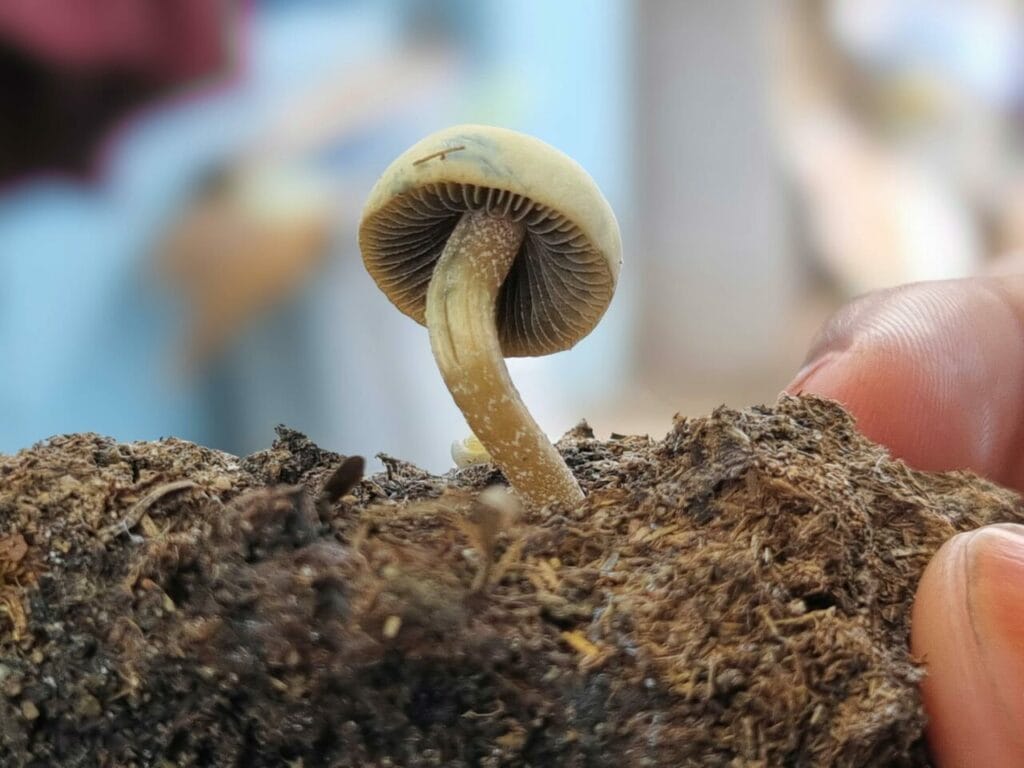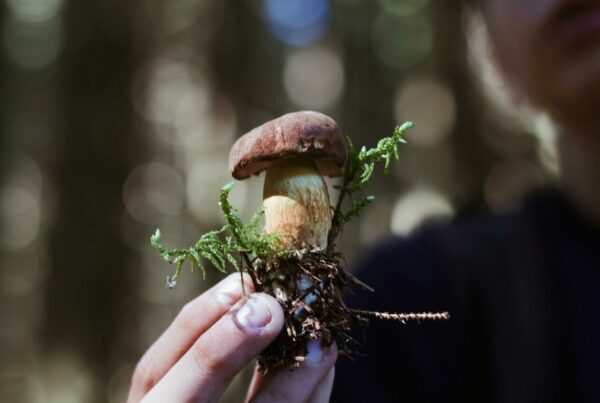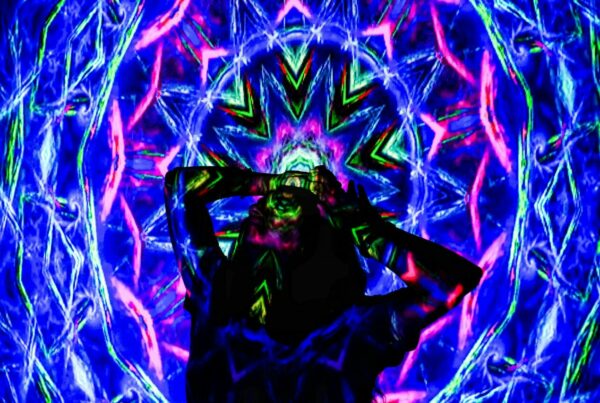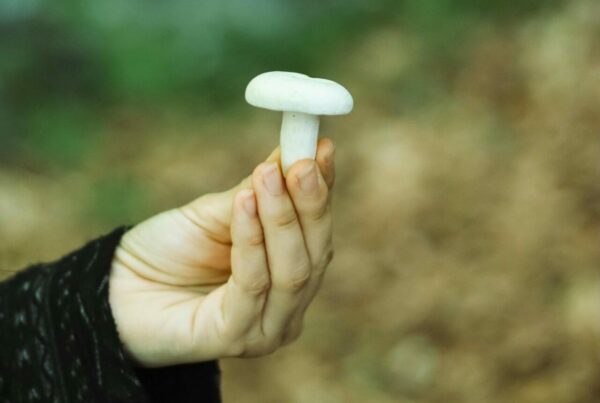As life-altering injuries continue to impact athletes, many are turning to unconventional methods of healing and recovery.
Psychedelics, such as magic mushrooms, are becoming increasingly popular among athletes seeking innovative approaches for relief and rehabilitation. This trend signifies a shift in perception within the sports community towards alternative therapies, as athletes pursue novel solutions to both their physical and psychological challenges.
Most athletes admit to using magic mushrooms outside a clinical setting, suggesting their procurement from a magic mushroom dispensary. The impact of their magic mushroom use has notably affected their mental health and various hurdles they face.
[toc]Key Takeaways:
- Athletes encounter mental health problems at rates either similar to or sometimes surpassing those of the general population.
- Psychedelics may contribute to neuron growth, potentially providing therapeutic benefits for individuals recuperating from traumatic brain injuries.
- The primary advantage of psychedelics lies in their potential to positively affect mental health, assisting athletes grappling with the aftermath of an injury or high stress.

Athletes’ Experiences Highlighted in a CNN Article
An article by Amy Woodyatt on the CNN website, featuring contributions from George Ramsay, delves into the use of psychedelics by athletes to manage severe sports injuries.
The narrative of Daniel Carillo, a former Canadian ice hockey player, is especially noteworthy. His battles included seven diagnosed concussions leading to dementia-like symptoms, depression, anxiety, suicidal tendencies, and chronic headaches. These issues escalated to such an extent that even ordinary family outings became daunting tasks.
Carillo began researching medical literature and came across a psilocybin study by the Imperial College of London. Instead of enrolling in a clinical trial, Carillo decided to consume a substantial dose in a more informal setting.
Speaking with CNN, he divulged his routine of regularly microdosing psilocybin interspersed with occasional use of larger doses. In addition to this, he maintains his health vigilantly through regular brain scans and blood tests.
In addition to psilocybin use, he places great importance on regular physical exercise, sufficient sleep, moderation in sugar and alcohol consumption, and sun exposure to maintain his vitality.
The Appeal of Psychedelics for Athletes
Carillo isn’t the only athlete who’s utilized psychedelics to help navigate life’s challenges. A range of professional athletes have explored the use of substances such as ayahuasca and LSD to enhance their overall wellness, particularly in addressing mental health concerns.
According to research by Courtney Walton, an academic fellow in psychology at the Melbourne School of Psychological Sciences, elite athletes experience mental health issues at rates comparable to or even exceeding those of the general population. Psychedelic therapy shows potential in helping athletes overcome mental health problems, particularly those related to common challenges like resistance to therapy, identity conflicts during career transitions and injuries, and handling interpersonal tension and conflict.
The application of psychedelics in mental health treatment is particularly important for athletes. The brain controls numerous bodily functions such as organ regulation, thought process, emotional regulation, memory, speech, and coordination of movements. Individuals with impaired mental function may experience a decrease in their performance and focus.
Focus is critical in sports, and there is growing curiosity about the potential role of psychedelics in enhancing this concentration. NFL quarterback Aaron Rodgers openly discussed his personal experiences with psychedelics in a CNN report. He shared that consuming a brew made from ayahuasca, an Amazonian plant with psychoactive properties, had a positive impact on his football performance.
Expert Opinions
Experts in the field assert that psychedelics have demonstrated efficacy in treating certain mental health conditions.
Robin Carhart-Harris, Professor of Neurology and Psychiatry at the University of California, told CNN Sport that the use of psychedelics becomes particularly intriguing when viewed from the angle of psychological therapy, especially in the treatment of depression, with a few notable exceptions.
Regarding the use of psychedelics in brain injury treatment, Carhart-Harris emphasized the scarcity of extensive data in this area. However, some evidence suggests that psychedelics may promote
Neuron development could potentially benefit from psychedelics, however, few studies have been conducted to directly investigate these potential advantages following a brain injury.
While considering the possible uses of psychedelics for mental health and brain injury treatments, experts emphasize the need for careful handling. Due to their strong effects, psychedelics might provoke psychological disorders if consumed by individuals who are psychologically unstable.
Grasping the Interaction between Psychedelics and the Brain to Generate Their Effects
The impact of psychedelics can vary depending on the specific variety consumed. For instance, consider magic mushrooms. As per Health Canada, these are mushrooms that carry hallucinogenic substances like psilocybin and psilocin, which can cause alterations in sensory perception. Such modifications may include visual or auditory hallucinations, tactile feelings, emotional shifts, or even physical symptoms like muscle cramps and alterations in heart rate or blood pressure.
The effects are not directly induced by psilocybin; rather, it is metabolized into psilocin upon ingestion, which is the compound that produces these effects. Psilocin engages with serotonin 5-HT2a receptors located on cortical pyramidal cells in the brain.
According to David Nichols, a professor at Purdue University School of Pharmacy who has been researching psychedelics since the 1960s, these cells are the brain’s main computational units, serving as the core center where all data processing takes place. The engagement of psilocin with these receptors results in alterations in brain metabolic activity and neuronal connectivity, impacting cognitive functions and perception.
In terms of brain injury treatment, several theories propose how psychedelics could be advantageous. Classic psychedelics interact with serotonin receptors, known for their role in inflammation regulation, and can also obstruct cytokine inflammatory cells. This dual action could enhance blood circulation to injured areas and facilitate tissue repair post-injury. In animal studies, DMT has shown effectiveness in reducing brain damage caused by arterial obstruction.
Magic Mushroom Dispensaries: A Route to Healing with Shrooms
Magic mushroom dispensaries provide a secure and dependable source for those seeking genuine magic mushroom products. These dispensaries guarantee safe purchases by delivering products through reliable carriers like Canada Post.
While exploring an online magic mushroom dispensary, you’ll discover a broad selection of shrooms and psychedelic products, each with its own distinct characteristics and advantages. This allows users to select an option that aligns best with their preferences and needs.
| PRODUCT | IDEAL FOR |
| Dried Shrooms | Those who savor the taste of mushrooms and prefer intense, rapid experiences |
| Edibles/ Drinks | Individuals seeking to mask unpleasant tastes and prevent nausea during extended trips |
| Capsules | People keen on incorporating shrooms into their health regimen through microdosing |
Conclusion
Psychedelics like mushrooms are potential aids for athletes struggling with distressing injuries and work-related stress. They offer various strategies for managing symptoms, particularly when used in conjunction with therapy. This combined approach yields promising and enduring outcomes, as demonstrated in several studies.
Although the medical community has not officially accepted psychedelics as a treatment modality, experts caution that consuming magic mushrooms necessitates a comprehensive understanding for safe usage.
Frequently Asked Questions
Do athletes consume psychedelics in high or low doses?
The consumption of psychedelics varies according to individual needs and choices. CNN interviews expose a variety of consumption practices: some prefer sporadic high doses, while others opt for low doses to enhance focus or improve overall health.
Carhart-Harris proposes that there is significant potential in using low doses of psychedelics to augment mindfulness abilities. This could foster intense focus, facilitating the attainment of a flow state.
Can I buy magic mushrooms from a medicinal mushroom dispensary?
Medicinal mushroom shops typically stock a variety of mushrooms such as Reishi, Lion’s Mane, Turkey Tail, and more. For magic mushrooms, you might want to check out a magic mushroom dispensary or a psychedelic dispensary. Exercise caution to avoid unlawful magic mushroom dispensaries or vendors misrepresenting authentic psychedelics.
Should I combine talk therapy with psychedelic use?
In clinical trials, researchers combine therapy sessions with psychedelic intake. Research suggests that this integrated approach can foster a deeper comprehension of high-dose mushroom experiences, thereby enriching the psychedelic experience.
Do psychedelics have a role in managing injury-related trauma?
Can psychedelics mitigate pain?
The potential of psychedelics in pain management is an area that remains largely unexplored. Yet, Anna Symonds, a former US rugby player, has suggested that cannabis might hold promising benefits in this field.
F. Z. Zia along with other researchers from the National Institutes of Health have delved into the possible use of psychedelics in treating chronic pain. Their research implies that psychedelics could mitigate various types of pain, including headaches, pain related to cancer, phantom limb pain, and neuropathic pain. They propose that psychedelics might serve as “effective adjuncts” in managing chronic pain and associated conditions like PTSD and major depression.
However, studies looking into psychedelics’ effects on acute pain are relatively scarce.
How could athletes incorporate psychedelics into their routines?
The practice of microdosing, or regularly consuming small doses, represents a distinctive aspect of psychedelic use. This method has drawn the attention of athletes as it can reduce negative effects while retaining therapeutic advantages. Embracing this practice can lead to sustainable outcomes, like enhanced cognitive flexibility, which is vital for effective decision-making, particularly in high-pressure situations.
Primary Reference:
Athletes With Life-Changing Injuries Turn To Psychedelics: A Report From CNN
Authors:
Amy Woodyatt and George Ramsay
Suggested Articles:





